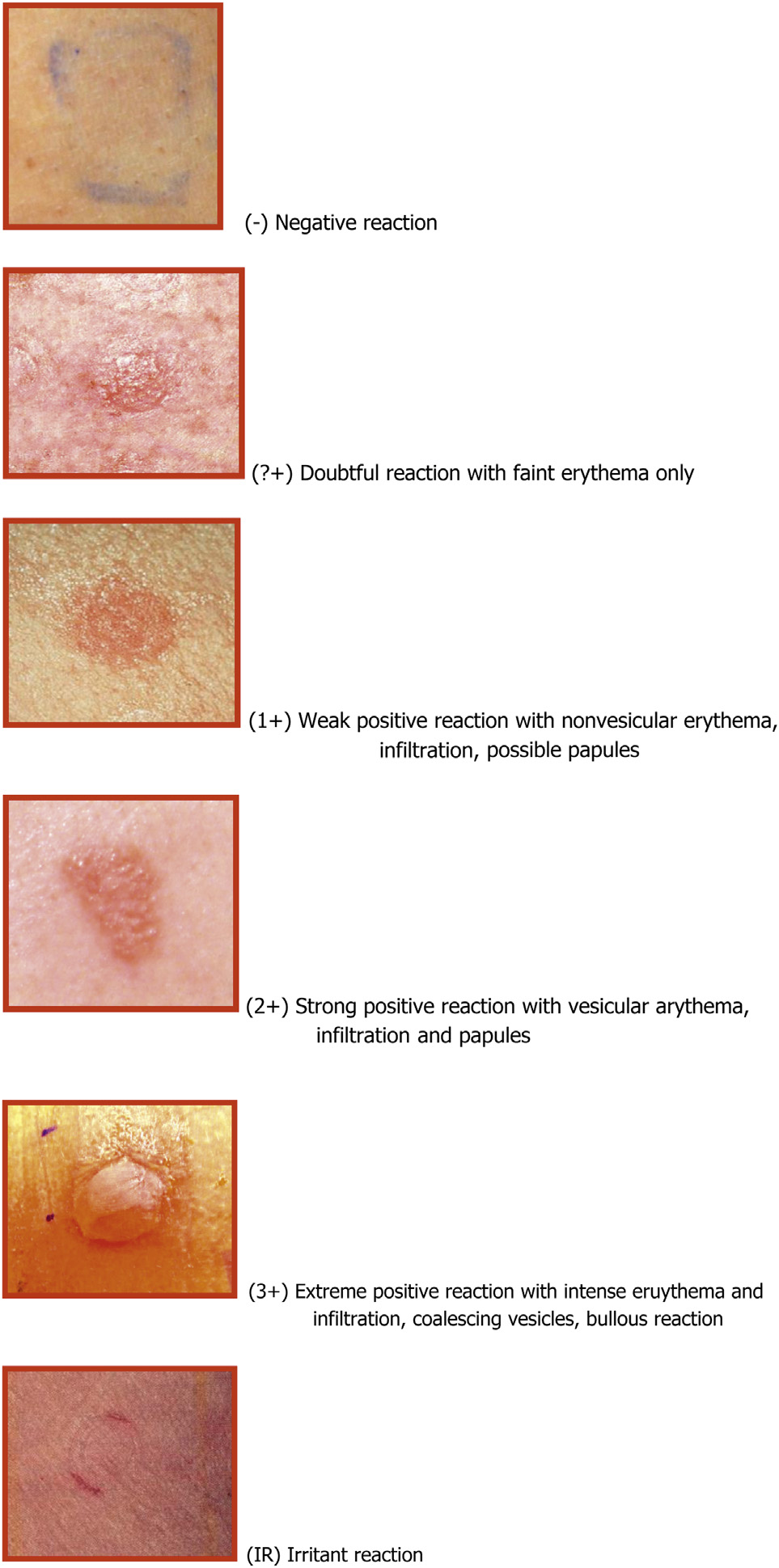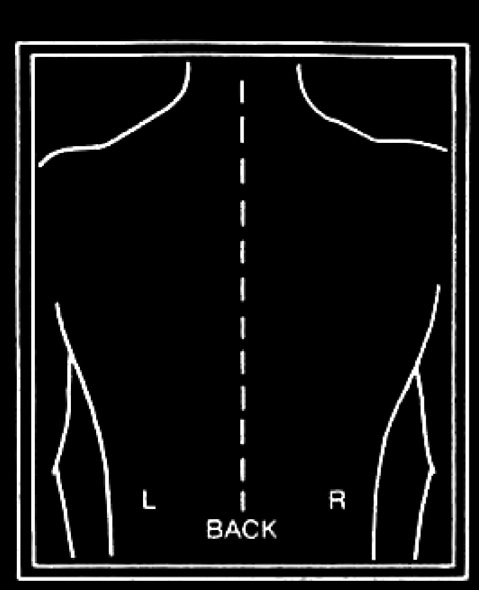Microsoft word - hou_cmc
Current Medicinal Chemistry, 2011, 18, 1509-1514 1509 Exploring Old Drugs for the Treatment of Hematological Malignancies F. Gan#,1,2, B. Cao#,1, D. Wu1, Z. Chen1, T. Hou*,3 and X. Mao*,1,4 1Cyrus Tang Hematology Center, Jiangsu Institute of Hematology, The First Affiliated Hospital, Soochow University, Suzhou, China 2Department of Pharmacy, The First Hospital, Xianning University, Xianning, China 3Institute of Functional Nano & Soft Materials (FUNSOM) and Jiangsu Key Laboratory for Carbon-Based Functional Materials & Devices, Soochow University, Suzhou, China









